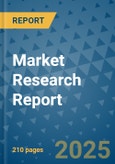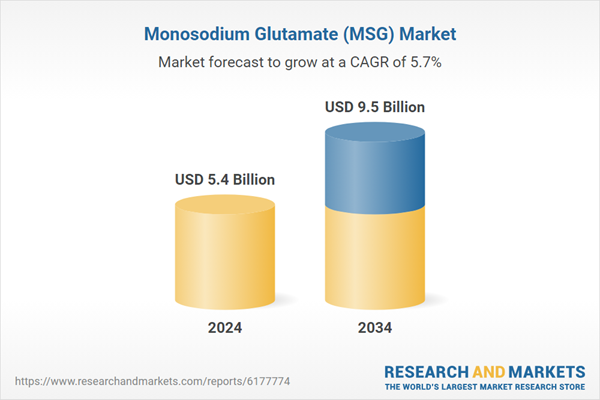MSG, a sodium salt derived from glutamic acid, continues to be a preferred flavor enhancer across the food industry due to its ability to deliver the umami taste without overpowering other ingredients. Its usage has expanded well beyond its traditional markets as changing urban lifestyles and the surge in demand for fast, flavorful, and convenient food options fuel growth. As quick-serve meals, instant food, and mass-produced items dominate food shelves, MSG plays a vital role in maintaining consistent taste. A more informed and global consumer base has begun to embrace MSG, with myths about its health impact gradually being replaced by science-backed reassurance. The rise in multicultural culinary trends, coupled with the need for cost-effective ingredients that deliver bold flavor, further accelerates demand. Processed food categories such as snacks, seasoning blends, and ready meals are major growth drivers, along with the increasing dependence on MSG by the food service sector for affordable flavor enhancement at scale.
The powdered MSG segment held a 63.8% share in 2024. Its fine texture and solubility make it ideal for blending into a variety of food products. Whether in soups, seasonings, or snacks, powdered MSG ensures consistent flavor distribution, which is crucial for large-scale food manufacturing. Its adaptability across different food applications continues to drive its preference among producers targeting both industrial and commercial end users.
The noodles, soups, and broth segment generated USD 1.7 billion in 2024, supported by the widespread use of MSG in these staple processed foods. Urban consumers increasingly gravitate toward convenient, ready-to-eat meals that require minimal preparation without sacrificing taste. MSG meets this demand by enhancing savory profiles in an affordable and reliable way. As food manufacturers continuously innovate within the fast food and instant meals segment, MSG remains an indispensable component for delivering a familiar and satisfying taste.
United States Monosodium Glutamate (MSG) Market was valued at USD 2.3 billion in 2024 due to rising consumption of processed and easy-to-prepare foods. Consumer demand for convenient meals that don’t compromise on taste is driving widespread MSG adoption. Regulatory agencies such as the USDA and FDA, through their emphasis on food safety and clean-label initiatives, have prompted manufacturers to focus on production transparency while still meeting flavor expectations. With growing interest in global cuisines and health-conscious yet flavorful eating, MSG has secured a prominent place in the evolving American food landscape.
Key players in the Global Monosodium Glutamate (MSG) Market include Ajinomoto Co., Inc., Fufeng Group, Great American Spice Company, Linghua Group, Vedan International (Holdings) Limited, Meihua Holdings Group Co., Ltd., Ningxia Eppen Biotech Co., Ltd., Prinova, Arshine Food Additives, and Foodchem International. To solidify their market presence, companies within the MSG industry are implementing multi-faceted strategies. Many are investing in advanced fermentation technologies and clean-label production methods to cater to regulatory shifts and evolving consumer preferences. Expanding regional production capabilities helps manufacturers reduce logistics costs while enhancing supply reliability. Leading players are also strengthening distribution networks and entering long-term supply partnerships with large food processors. In parallel, firms are innovating product formulations that offer clean-label appeal, including naturally fermented MSG.
Comprehensive Market Analysis and Forecast
- Industry trends, key growth drivers, challenges, future opportunities, and regulatory landscape
- Competitive landscape with Porter’s Five Forces and PESTEL analysis
- Market size, segmentation, and regional forecasts
- In-depth company profiles, business strategies, financial insights, and SWOT analysis
This product will be delivered within 2-4 business days.
Table of Contents
Companies Mentioned
The companies profiled in this Monosodium Glutamate (MSG) market report include:- Ajinomoto Co., Inc.
- Arshine Food Additives
- Foodchem International
- Fufeng Group
- Great American Spice Company
- Linghua Group
- Meihua Holdings Group Co., Ltd
- Ningxia Eppen Biotech Co., Ltd
- Prinova
- Vedan International (Holdings) Limited
Table Information
| Report Attribute | Details |
|---|---|
| No. of Pages | 210 |
| Published | September 2025 |
| Forecast Period | 2024 - 2034 |
| Estimated Market Value ( USD | $ 5.4 Billion |
| Forecasted Market Value ( USD | $ 9.5 Billion |
| Compound Annual Growth Rate | 5.7% |
| Regions Covered | Global |
| No. of Companies Mentioned | 11 |









